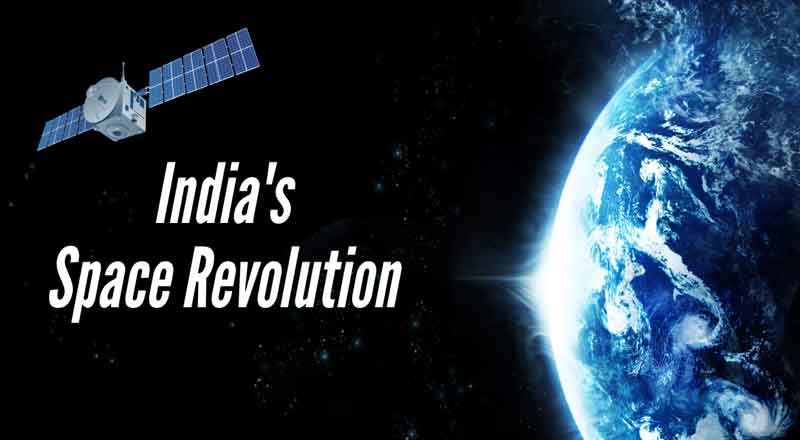The Indian Space Research Organisation (ISRO) has achieved another milestone by forging a strategic partnership with the Australian Space Agency (ASA) for its ambitious Gaganyaan mission. The two organizations signed an Implementation Agreement (IA) focusing on ensuring the safe recovery of the Gaganyaan crew and spacecraft upon their return to Earth. This collaboration not only underscores the importance of international cooperation in human space exploration but also strengthens the growing Indo-Australian relationship in advanced technological domains.
Supporting Safe Crew Recovery
The primary focus of the agreement lies in establishing robust mechanisms for the safe recovery of the Gaganyaan crew and spacecraft. Recognizing the criticality of recovery operations, ASA will work alongside ISRO to address contingencies, particularly scenarios that involve landings in or near Australian waters. These measures are essential to safeguarding the lives of astronauts and ensuring the integrity of mission objectives.
By leveraging Australia’s geographical advantage and expertise, the agreement enhances the operational safety of Gaganyaan. It reflects ISRO’s commitment to international standards in ensuring seamless recovery processes, thereby reducing risks during the mission’s high-stakes ascent and re-entry phases.
India’s Ambitious Gaganyaan Mission
The Gaganyaan mission marks a historic milestone for India as its first crewed spaceflight endeavor. Designed to carry up to three astronauts, the spacecraft will venture into Low Earth Orbit (LEO) and remain there for up to three days before returning to Earth.
Gaganyaan represents a leap in India’s space capabilities, symbolizing years of technological advancements and extensive research in aerospace sciences. The mission sets the stage for future forays into human space exploration, showcasing India as a rising leader in this arena. It is a testament to ISRO’s vision of advancing space technology to inspire scientific progress and innovation.
Strengthening Indo-Australian Space Ties
The partnership between ISRO and ASA reflects the broader strengthening of ties between India and Australia in science, technology, and innovation. By collaborating on the Gaganyaan mission, both countries demonstrate their shared commitment to addressing complex challenges in human spaceflight.
This agreement is a stepping stone for expanding bilateral cooperation in other space-related domains, such as satellite technology, planetary exploration, and space applications for climate studies. Such partnerships highlight the indispensable role of international alliances in driving advancements in space exploration and tackling global scientific challenges.
Parallel Advancements in Aerospace
Simultaneously, India continues to expand its strategic defense and aerospace initiatives. Dr. Jaiteerth Raghavendra Joshi’s appointment as the new chief of BrahMos Aerospace reflects the emphasis on leadership in critical defense technologies. BrahMos, a joint venture between India’s DRDO and Russia’s NPO Mashinostroyeniya, has been a cornerstone in India’s missile technology. With a range of 800 km and speeds of Mach 2.8, the BrahMos missile is not only a critical defense asset but also a significant export item, as evidenced by its delivery to the Philippines under a $375 million deal.
The collaboration between ISRO and ASA for the Gaganyaan mission epitomizes the spirit of international cooperation in achieving groundbreaking milestones in space exploration. By ensuring the safe recovery of the Gaganyaan crew, this agreement showcases the synergy between two nations committed to advancing science and technology.
Coupled with advancements like BrahMos, India’s efforts underline its strategic intent to lead both in space exploration and defense innovation. These initiatives demonstrate how fostering global partnerships and investing in cutting-edge technologies can propel nations toward a future of shared scientific and technological progress.
(With inputs from agencies)





